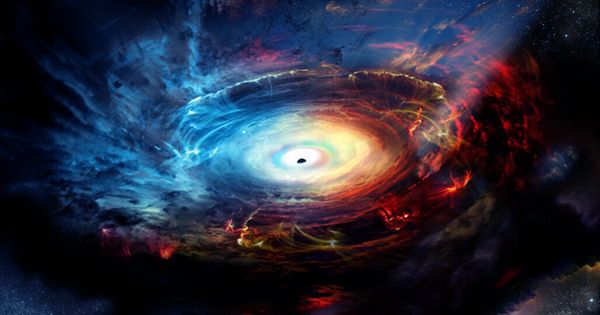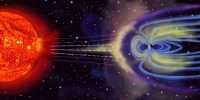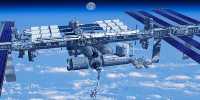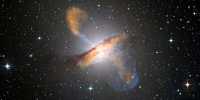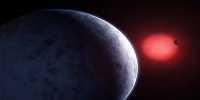A long-standing enigma regarding the Andromeda galaxy may have been answered recently. Researchers think that a collision with another supermassive black hole led the galaxy’s primary supermassive black hole to orbit by star clusters in an unusual structure. Researchers conducted simulations of the collision of two supermassive black holes and discovered that the clusters of stars orbiting these two objects end up in a strangely elongated distribution, as described in The Astrophysical Journal Letters.
In a statement, co-author professor Ann-Marie Madigan, a fellow of JILA, a joint research institute between CU Boulder and the National Institute of Standards and Technology (NIST), said, “When scientists first looked at Andromeda, they expected to see a supermassive black hole surrounded by a relatively symmetric cluster of stars.” “Instead, they discovered a massive, elongated bulk.” “When galaxies merge, their supermassive black holes will collide and eventually merge into a single black hole,” said lead author Tatsuya Akiba, a CU Boulder graduate student. “What are the ramifications of that?” we inquired.
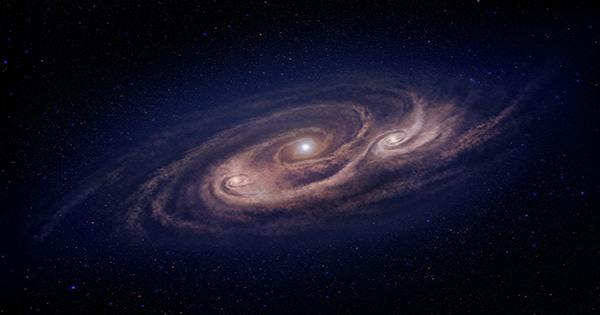
It takes billions of years for galaxies to collide. As a new galaxy emerges, the supermassive black holes at its initial core will migrate closer and closer together.
The whirling motion of gas and stars causes supermassive black holes to spiral inward, while the tremendous gravity of supermassive black holes circling each other creates gravitational waves, which remove momentum and cause recoil. This recoil has the potential to accelerate the supermassive black hole. “You can literally leave the galaxy you’re living in if you’re a gigantic black hole and you start travelling at thousands of kilometers per second,” Madigan said.
When the merging black hole fails to escape, however, it can disrupt the orbits of the clusters in its vicinity. The scientists discovered orbital patterns that resembled the center area of the Andromeda galaxy’s structure.
The discovery provides a solid foundation for understanding what happened to Andromeda. Over the course of the cosmos, galaxies collide often (and Andromeda and our own galaxy the Milky Way are destined to collide). The team is now working on complicated simulations with stars to see if they can better replicate what we saw in Andromeda’s core and explain prior observations of more distant galaxies in this way.
